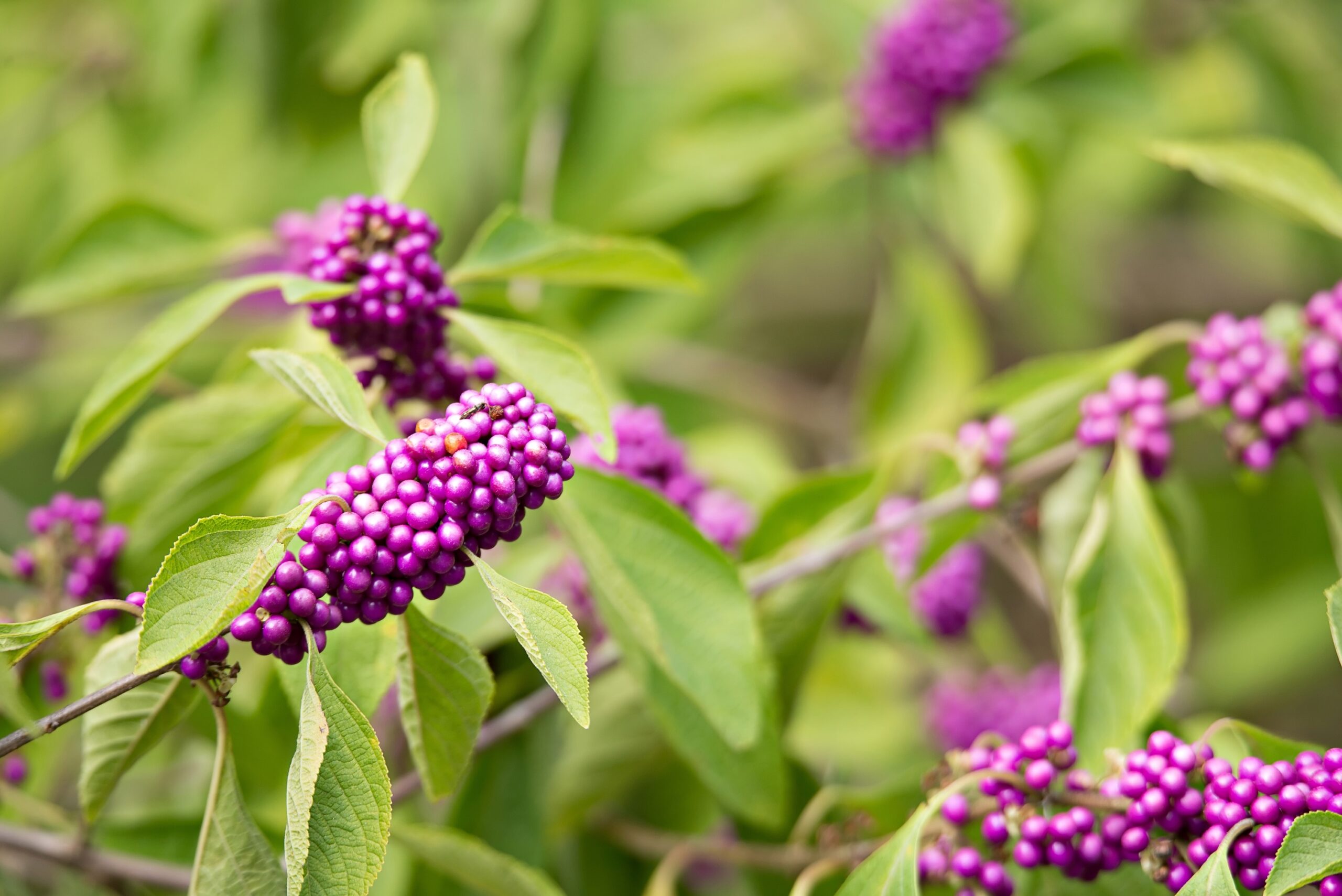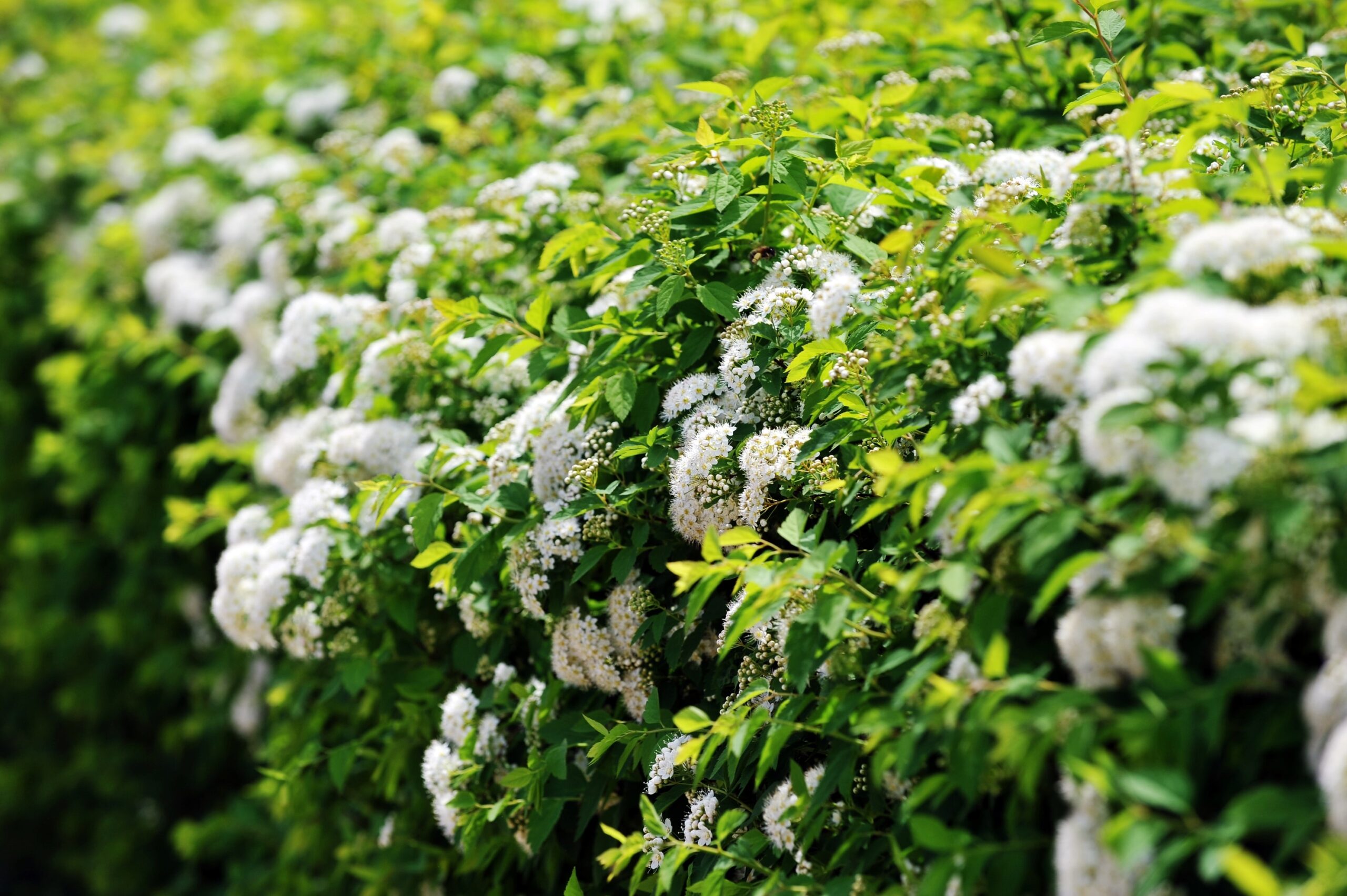For a good reason, native planting is one of the most popular trends in local landscaping. As much as we adore our lawns, they can use a lot of water, especially during the hot Missouri summers. There are numerous reasons to employ Missouri’s magnificent native shrubs and flowers in your landscape. They add beauty and interest to your garden with a succession of blooms and fruits, and they provide food and shelter for pollinators. If you don’t think you have a large enough space, do not worry. You can incorporate native shrubs and flowers into a small balcony oasis, a suburban lawn, or any other parcel of land.
Benefits of Planting Native Shrubs
Native shrubs and plants evolved thousands of years ago to thrive in Missouri’s climate and environmental conditions. As a result, they frequently use far less water than plants brought in from other places. Additional benefits include:
- Adapts well to our climate
- Are well-suited to our soils
- They require little to no irrigation
- Fertilizer and insecticides are rarely required
Did you know?
Watering lawns consume up to 60% of fresh water in urban areas in the United States. Each year, we use over 67 million pounds of pesticides for lawn maintenance in the United States. Lawn mowers can emit the same amount of pollution as a car traveling 20 miles in one hour. When you grow native shrubs and flowers, you are helping the environment by utilizing plants meant for your specific area, which helps decrease the need for pesticides, constant watering, and pollution.

Keep reading below for the best native shrubs for wildlife and the environment.
Shrubs and Bushes Native to Missouri
Fall is a beautiful time to start thinking about your native garden or landscape. Not to mention a great time to get started on your planting. Rather than filling your entire lawn with grass, try including some of these native shrubs to help diversify your landscape while using fewer natural resources!
American Beauty Berry (Callicarpa americana)
The American beautyberry is a woody, deciduous, perennial shrub with purple berries that deer and birds like in the fall. It belongs to the Lamiaceae (mint) family.
Gardening tip: The shrub prefers full light and does not tolerate severe darkness.
Azalea (Rhododendron stewartstonian)
The foliage of the Azalea is a beautiful dark green during the summer months and turns to a wine-red in winter. This beautiful shrub will illuminate your landscape, providing a dramatic look for your garden.
Gardening tip: Plant azaleas in well-drained acidic soil.

Boxwood (Buxus microphylla)
The boxwood is a slow-growing shrub with deep green foliage. You can easily prune the boxwood to provide an elegant appearance in your landscape, whether you want a box hedge appearance or prefer a more natural look. All Buxus species are deer resistant.
Gardening tip: This lovely plant may be grown in both full sun and mild shade.
Butterfly Milkweed (Asclepias tuberosa)
Butterfly Milkweed is one of 15 milkweed species identified in Missouri. This lovely species of milkweed got its name because it attracts butterflies, particularly the well-known monarch butterfly.
Gardening tip: It is vital to keep the soil well-drained but moist around your milkweed.
Fragrant Sumac (Rhus aromatica)
Only in appearance does this intriguing bush resemble poison ivy. However, it is entirely safe to touch!

Gardening tip: This resilient plant can withstand a lack of water, but you must plant fragrant sumac in full sunlight.
Hazelnut (Corylus)
Animals in the yard will like having this plant around. Many Missouri wildlife species feed on hazelnuts, so planting one will undoubtedly bring a variety of critters to your yard.
Gardening tip: Hazelnuts can be grown in moderate shade, but they prefer full sun. They perform best in settings of normal wetness.
Little bluestem (Schizachyrium scoparium)
Little bluestem can help you construct a prairie-style garden in your yard. This blue-green grass turns a magnificent reddish-brown in the fall and will remain robust throughout the winter for all of your yard creatures seeking shelter from the cold.
Gardening tip: This plant will thrive in almost any environment!
Ninebark (Physocarpus)
Ninebark is a beautiful ornamental shrub with white blooms that bloom from May to June. This shrub is a fantastic addition to your landscape and is particularly effective for erosion management.
Gardening tip: Ninebark requires a lot of sunlight and does not do well in the shade; however, it can easily tolerate various soil and moisture conditions!
Oakleaf hydrangea (Hydrangea quercifolia)
You really can’t go wrong with any cultivar of this species. You can use Oakleaf hydrangea alone or in a grouping. It’s a terrific four-season plant, and planting it in more sunny places of the garden improves the fall color. The tan-orange peeling bark has a lot of winter attractiveness.

Gardening tip: Plant this gorgeous plant in the fall to build a robust root system.
Palm Sedge (Carex muskingumensis)
This long, pointed bush stays green almost all year. The palm sedge is an excellent addition to a garden that requires a unique shape. And, if you’re wanting to add texture to your wildlife garden, this is one of the best native shrubs to add to your landscaping.
Gardening tip: It is excellent to grow in mild shade or direct sunlight.
Red Buckeye (Aesculus pavia)
In the spring, these plants will produce stunning red blossoms that will attract hummingbirds to your yard.
Gardening tip: Plant the Red Buckeye in rich, healthy soil and ideally in partial shade.
White Meadowsweet (Spirea alba)
White Meadowsweet is native to the damp soils of the Allegheny Mountains and other parts of eastern North America, but it is currently endangered in Missouri. This attractive shrub is an upright, deciduous shrub with alternating, narrow, serrated, green leaves that grows up to 4′ tall.
Gardening tip: This native shrub grows in full sun to part shade in average, medium to wet, well-drained soil, and prefers direct sunlight.
Let Down to Earth Services Help You Design Your Native Landscape

At Down to Earth Services, our team of skilled Missouri landscapers has years of expertise working with native plants in our state. We look forward to working with you to help ensure your native landscaping is well-maintained and offer advice on ensuring your native shrubs and flowers thrive. It is not difficult to go native; all it takes is a little know-how. So give us a call if you need assistance getting started with your native landscape!

